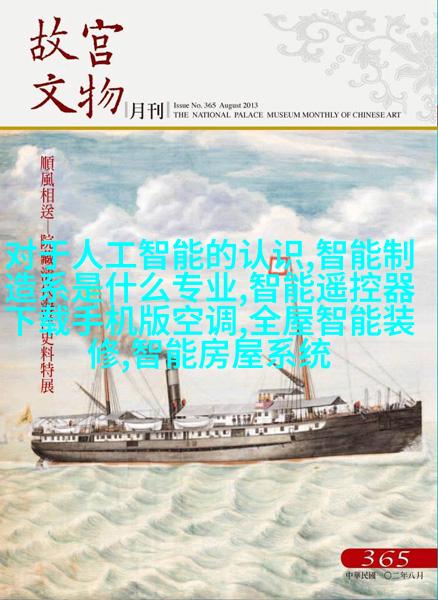
环保保护与经济增长并行不悖分析tail gas回收在产业中的重要性
在当今全球化的背景下,环境问题日益严重,人们越来越关注如何实现可持续发展。这一点尤其体现在工业生产领域。尾气处理是工业企业必须面对的一个重要环节,它直接关系到环境保护和企业的长远发展。本文将探讨tail gas回收工艺流程图及其在产业中的重要性。

首先,我们需要了解什么是tail gas。在化学工业中,尾气通常指的是通过制备过程产生的一些低浓度废气,这些废气含有某些有害物质,如氟、氯、硫化物等。如果这些废气直接排放到大气中,将会造成严重的空气污染,因此必须进行处理。Tail gas回收工艺流程图就是用来描述这一系列处理过程的工具。
一个典型的tail gas回收工艺流程图可能包括以下几个关键步骤:

排放控制:这是整个process 的第一步。在这个阶段,尾氣會通過一個稱為“高效過濾器”的裝置進行過濾,以去除其中的大多數懸浮顆粒和雜質。
吸附脱毒:接著,尾氣會通過吸附剂進行處理,這種技術可以有效去除大部分揮發性有機物(VOCs)和其他污染物。

熔融蒸发:這是一個更進階的技術,用於將固態或半固態污染物轉換成液態或氣态形式,使之更易于處理。
冷凝分离:這一步骤涉及使用冷却设备将尾气中的水蒸汽冷凝并分离出来,从而减少后续处理过程中的复杂性。

脱硫脱硝:对于含有二氧化硫(SO2)和氮氧化物(NOx)的尾气,可以通过脱硫脱硝技术进一步净化以达到国家标准要求。
回收利用:经过上述各个步骤后的纯净gas可以被循环再利用作为原料或者燃料,而未能完全纯净的残余gas则需要进一步处置,比如焚烧或者埋藏等方式进行最终処分。

这样的系统设计不仅能够确保生产活动不会对周围环境造成破坏,还能够最大限度地降低成本,因为它允许企业从一次性的能源消耗转变为循环利用模式,从而提高了资源效率,并减少了能源浪费。此外,这样的措施还能够帮助企业获得更多绿色认证,从而增强其市场竞争力,并吸引那些追求可持续发展产品和服务消费者的顾客群体。这就为我们展示了how tail gas recycling can contribute to the economic growth while maintaining environmental protection.
总结来说,tail gas recycling is a critical step in industrial production, not only for environmental protection but also for economic benefits.The process of tail gas recycling involves several steps including filtration, adsorption, melting vaporization, condensation separation and sulfur removal,nitrogen oxide removal etc..The final product after treatment is recycled back into the production cycle or used as fuel, reducing energy consumption and waste generation.A well-designed tail-gas recycling system can help industries achieve sustainable development by minimizing their impact on the environment and maximizing resource utilization.
In conclusion,tail-gas recycling plays a vital role in ensuring that industrial activities are carried out with minimal harm to the environment and maximum benefit to the economy.By adopting such practices,industries can reduce their carbon footprint and improve their competitiveness in an increasingly environmentally conscious market.The future of industry lies not just in technological advancements but also in our ability to adapt these technologies towards more sustainable solutions like tail-gas recycling.




